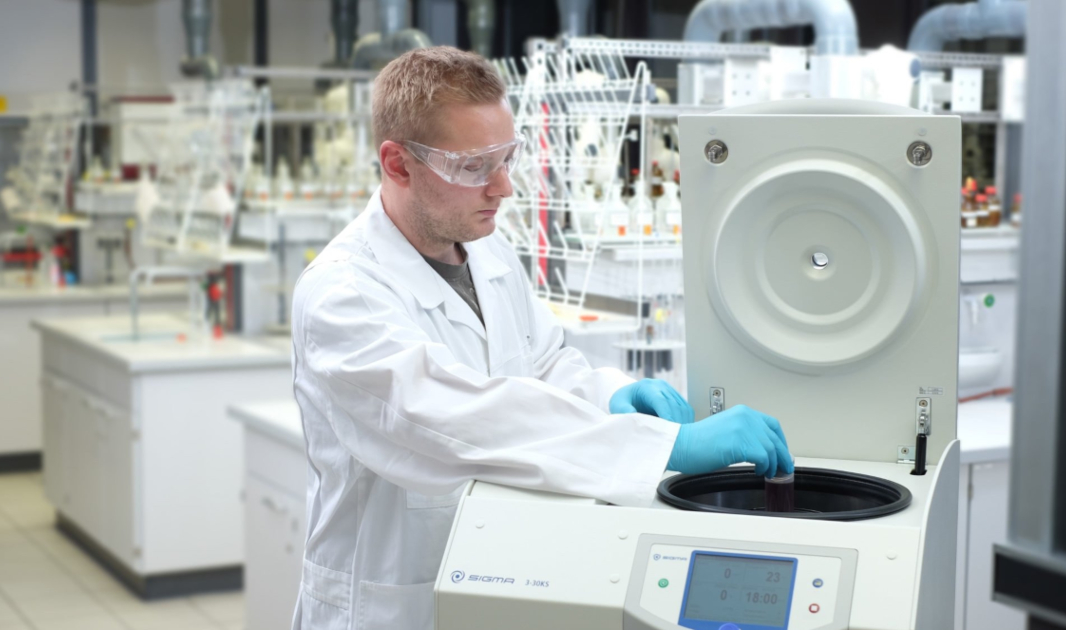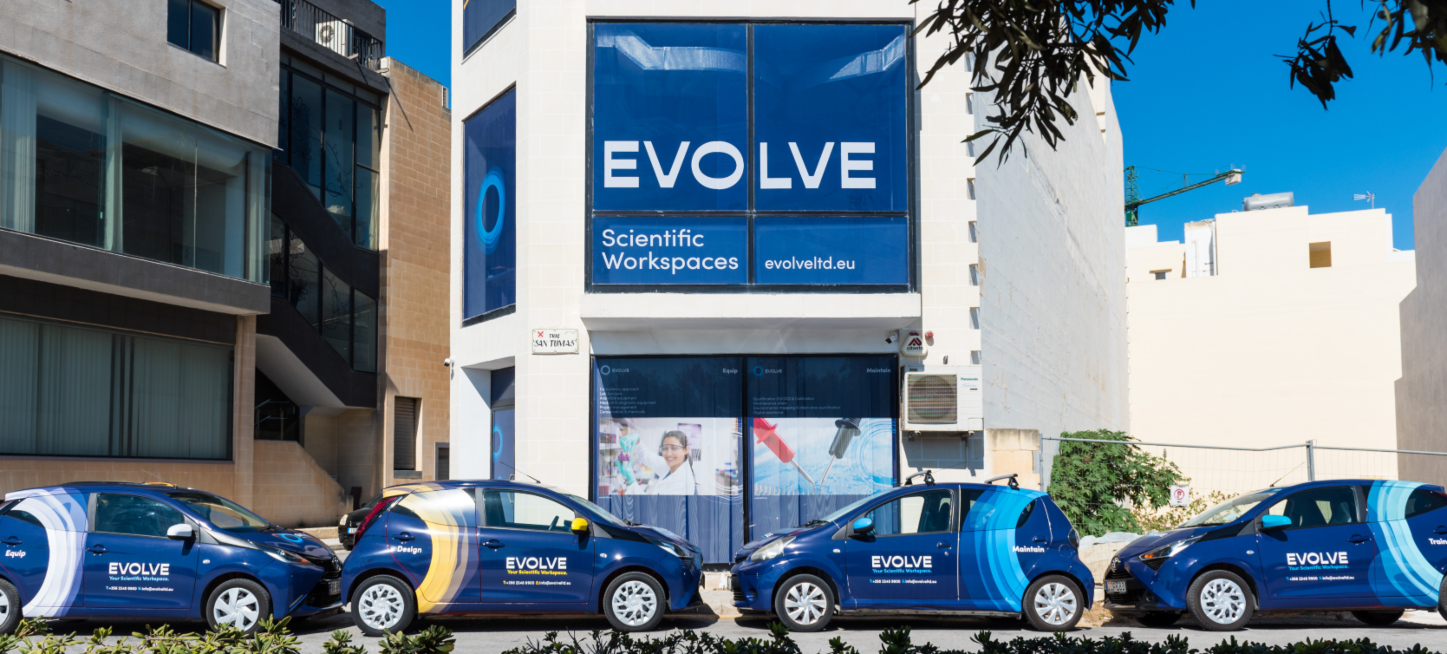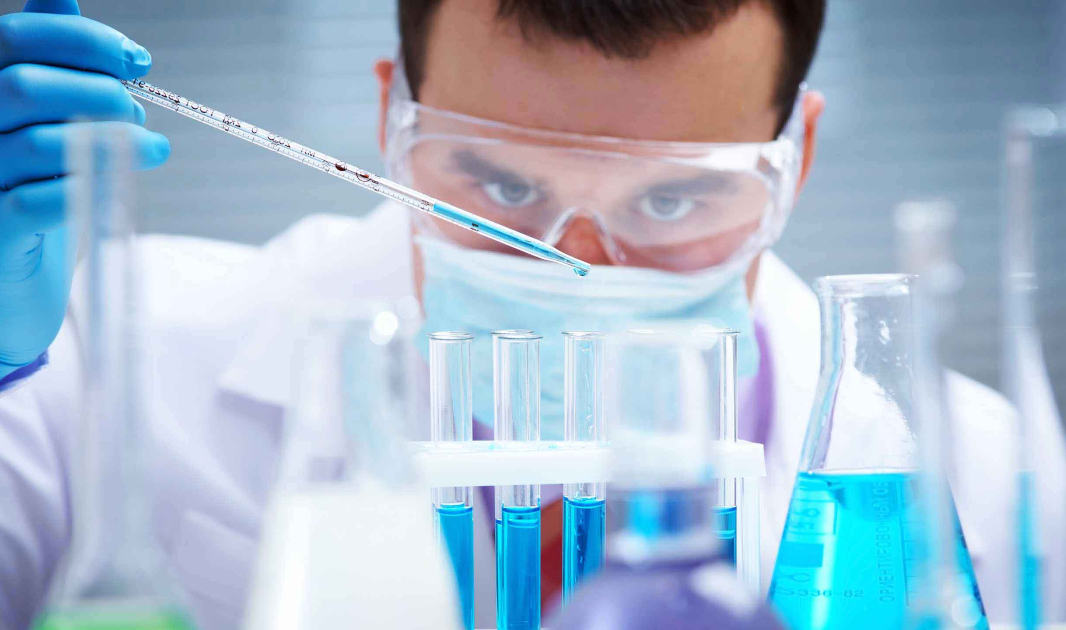Setting up a laboratory can be time-consuming. You need to take care of every detail- where the equipment is placed, how safe is the flow of the lab, and whether all the equipment has appropriate safety tools to conduct the experiments.
With such a thought-through design and investment, it is obvious that you wish to build the laboratory for a long-term period. This is why it is equally important to pay attention to maintaining the lab when you actually begin using it.
Maintaining your laboratory equipment and sterilizing them after every use has more benefits than just one. Following these essential steps will help the lab run effectively and smoothly. This will also help you avoid unnecessary re-purchases every now and again.
Very often, bugs and microorganisms that grow on contaminated tools are not visible to the naked eye. For a bug-free and healthy laboratory environment, sterilization is important, even if you are planning to dispose of the cultures.
Here’s how you can sterilize and maintain your laboratory equipment and make it a rule for everyone to follow:

1. Practice regular cleaning procedures
This is a basic step which is why most labs miss it out. Cleaning your laboratory daily is not at all expensive and is easy. Wiping all the equipment before you start your day and end it can be the first step. Allot a day for deep cleaning, once every week. Keep track of the regular checkups required for each equipment. If it’s not too expensive, consider outsourcing the cleaning of challenging items for expert care.
2. Follow regular maintenance
Maintenance of laboratory equipment is a broad term. Few of the essential steps that come under it are- calibration, repairs and refurbishment. Calibration of equipment helps track the accuracy of your data and brings to light any issues, especially wherever hazardous chemicals are used. When your equipment wears out over a period of time, do not dispose of it directly. Instead, check if it can be mended by repairing or replacing certain parts. If the equipment is too old, re-lubricate the moving parts and clean it thoroughly to make sure it’s good as new.
3. Sterilise used tools
Unless you are using a microscope, it is unlikely for any individual to spot the unwanted microbe guests making themselves comfortable on your equipment. Following suitable sterilization procedures such as wet heat sterilization or autoclaving, dry heat sterilization such as flaming or baking, filtration, etc. can help maintain hygiene in the lab. Finding the best technique to do so is essential before you randomly pick one. Each sterilization technique has its own advantages and disadvantages, so select accordingly.
4. Maintain an inventory
At a time there are multiple liquids, equipment, materials, etc in use. Keep an inventory to check the items in storage for their contents and expiration date. This will help you avoid using contaminated or non-suitable items for an experiment, thus avoiding harm to your equipment.

Contact the Evolve experts
Whether you’re still in the ideas phase of a new science-led project or are looking to grow, Evolve will help you confidently take your next steps.
Tap into our team of experts, here to guide you through our products, services and planning. If you need to speak with us right away, call us or visit our Support Centre page. You’ll be glad you did.
You might also be interested in
All the latest Evolve news, all in one place


